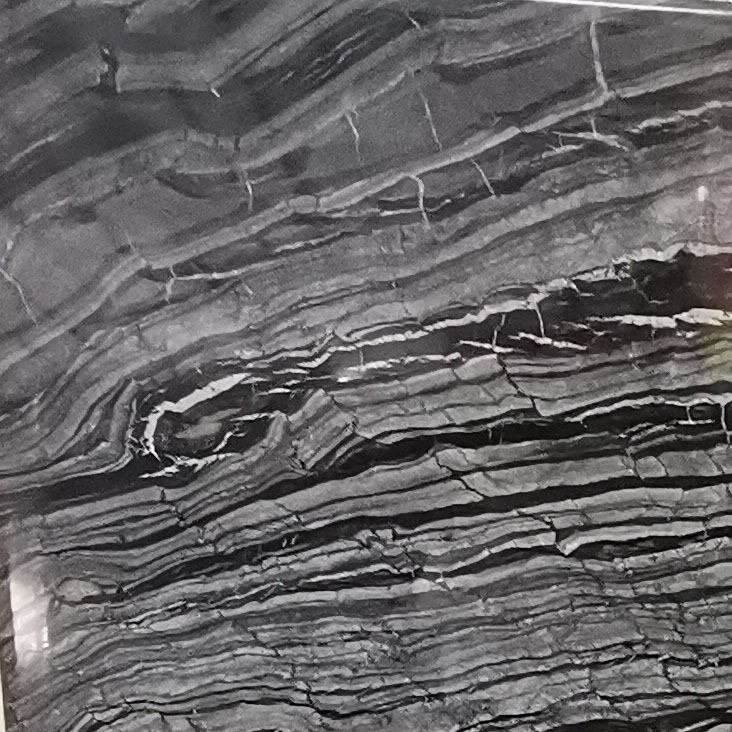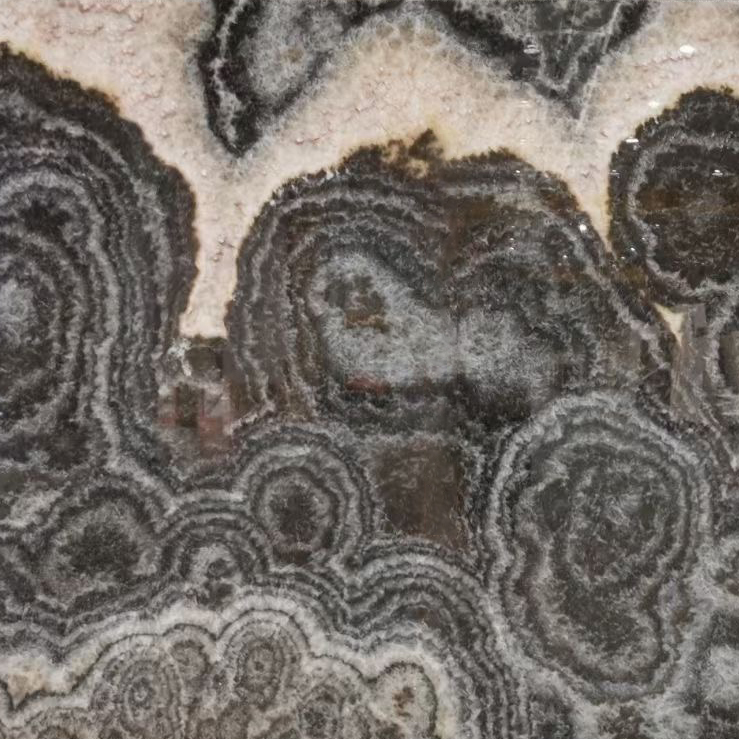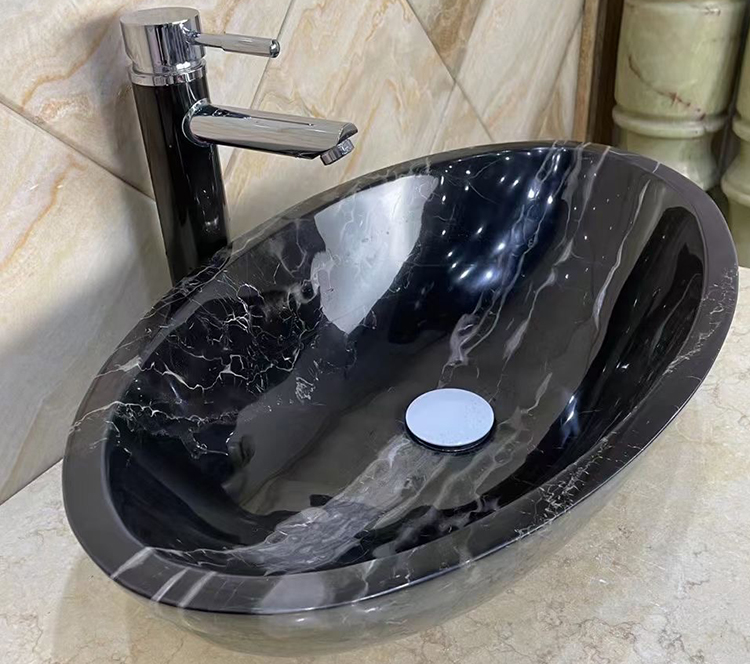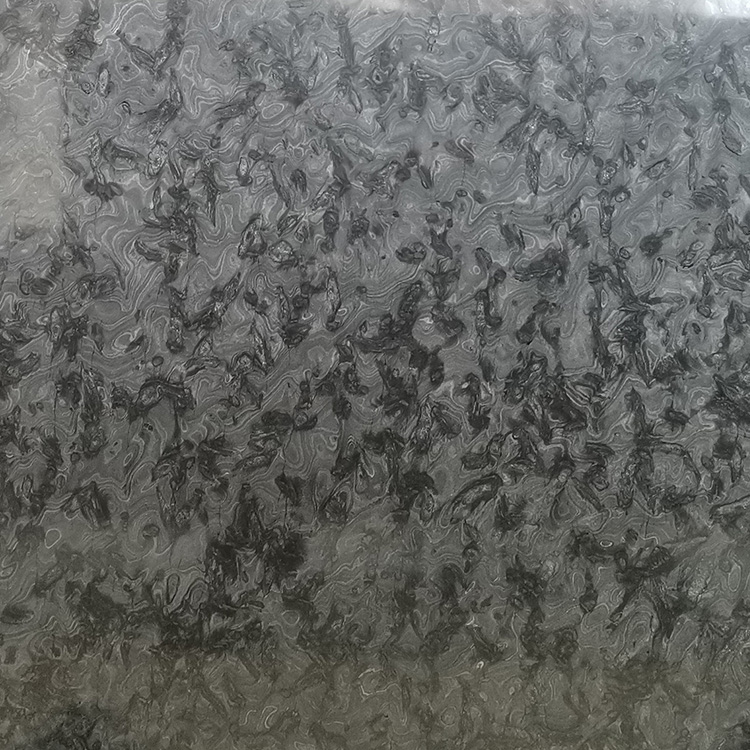The joints in slate are caused by the development of microscopic mica flakes, rather than by splitting along the original sedimentary strata.
Slate is created when mudstone, shale, or felsic igneous rock is buried and subjected to low temperatures and pressure.
Slate is extremely fine-grained and undetectable to the human eye. Polished slate has a matte surface yet is smooth to the touch and was previously used to construct blackboards. Small quantities of silk mica give slate a silky silk glass appearance.

Slate appears in a variety of colors due to differences in mineral characteristics and oxidation conditions in the original sedimentary environment. For example, black slate was developed in an oxygen-deficient environment, but red slate was generated in an oxygen-rich one.
Slate occurs under low temperatures and pressures, so plant fossils and some really inventive features may be preserved.

Slate is mined in enormous blocks and used for electrical control panels, worktops, blackboards, and floors because of its plate-like, resilient, and disintegrating qualities. Smaller slates are used to build roofs.
Whether it's a high mountain or a deep valley, a bustling metropolis or a peaceful countryside, slate's amazing posture and solid quality give constant support for people's lives and work. This is slate, a basic yet tenacious existence, a stone that preserves billions of years of stories and memories.
-

Above ground Shanxi black granite arc-shaped po...
-

Antique wood silver brown wave black zebra marb...
-

Backlit translucent black dragon onyx slabs for...
-

Bathroom cabinet countertop oval hand wash blac...
-

Belvedere quartzite titanium cosmic black gold ...
-

Black ruby nero meteorite granite slab for coun...
-

Brazil leathered versace matrix black granite f...













